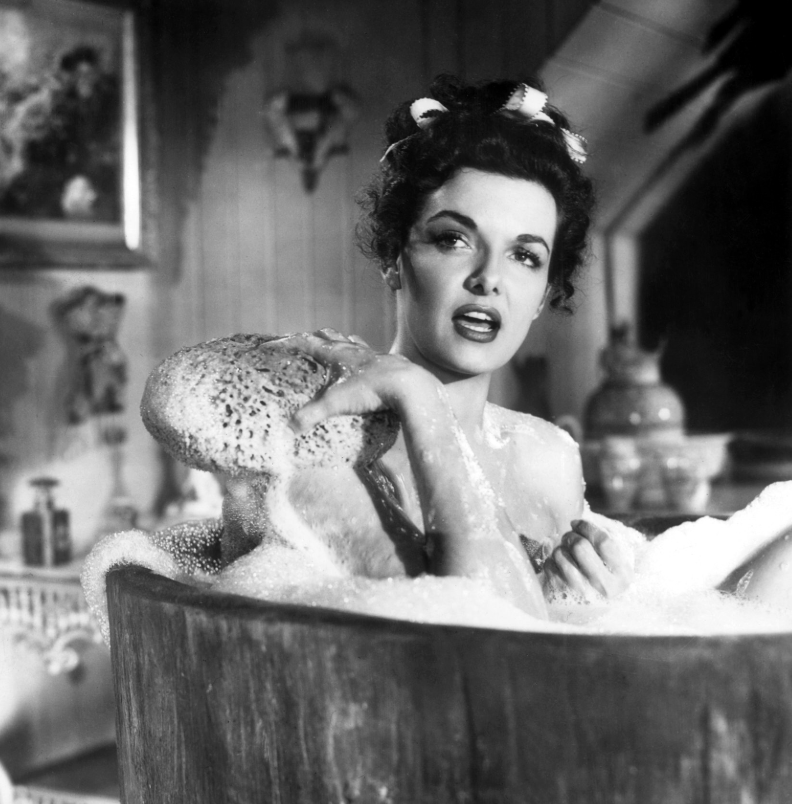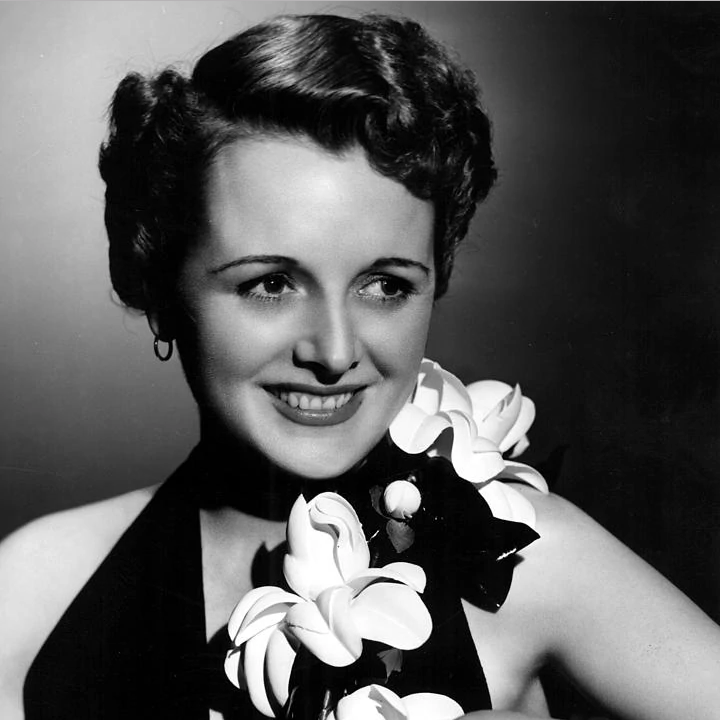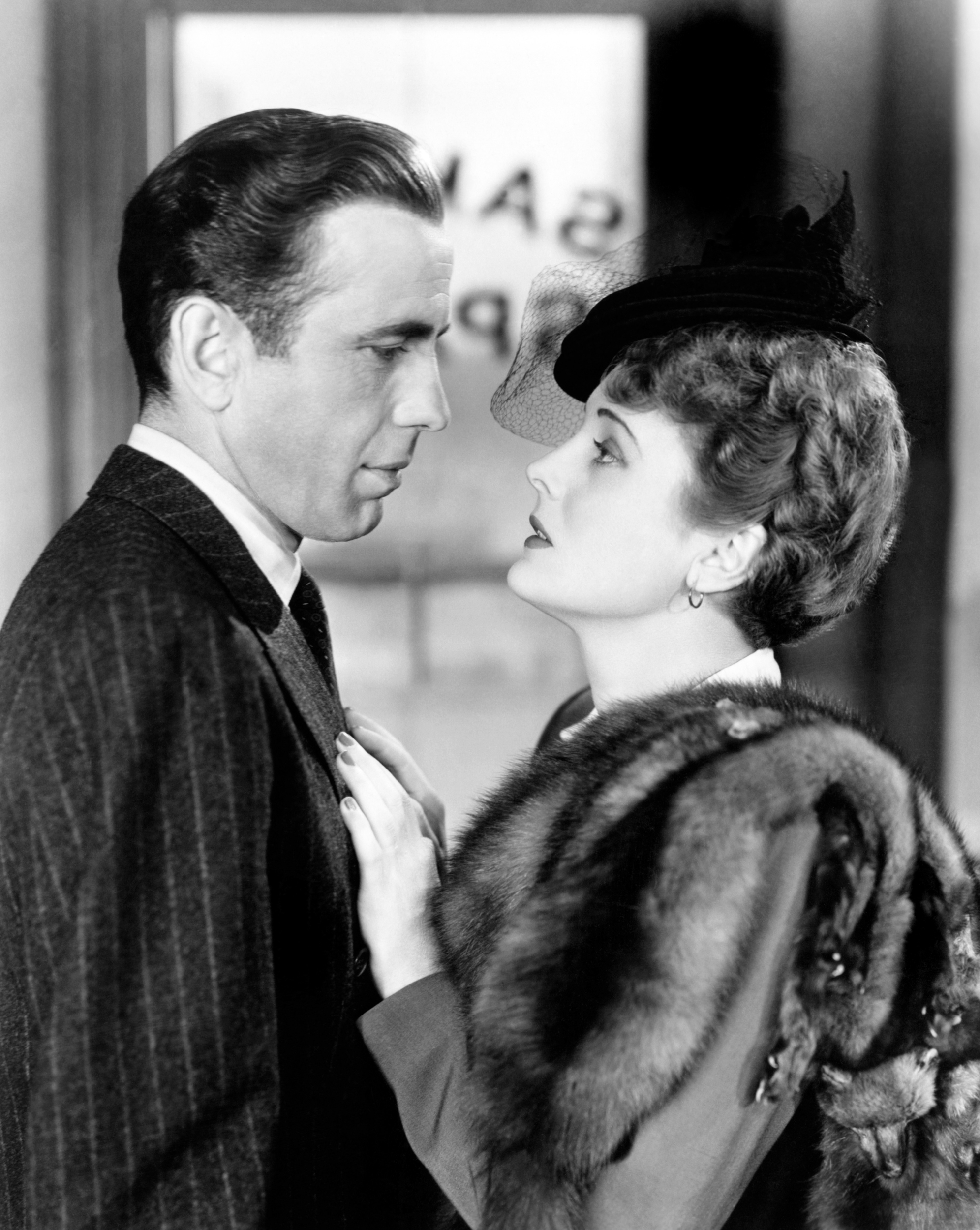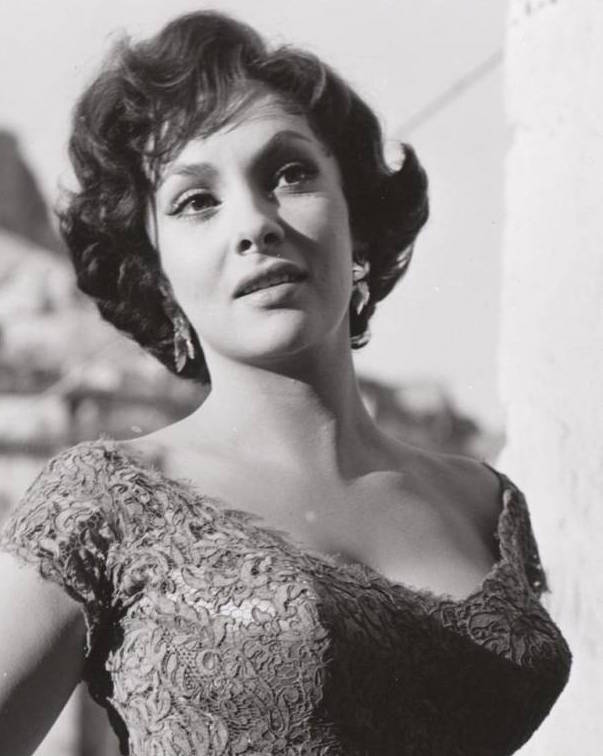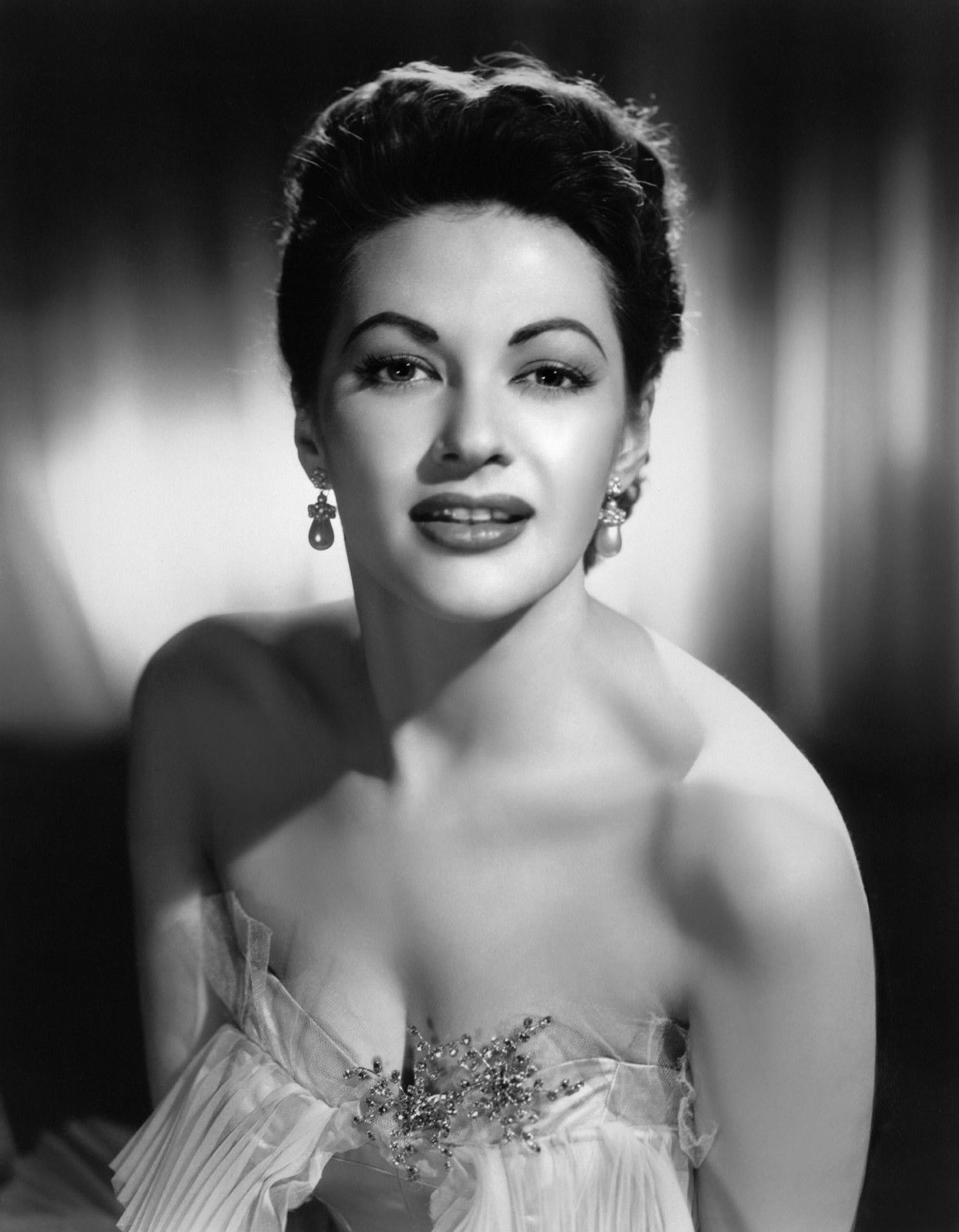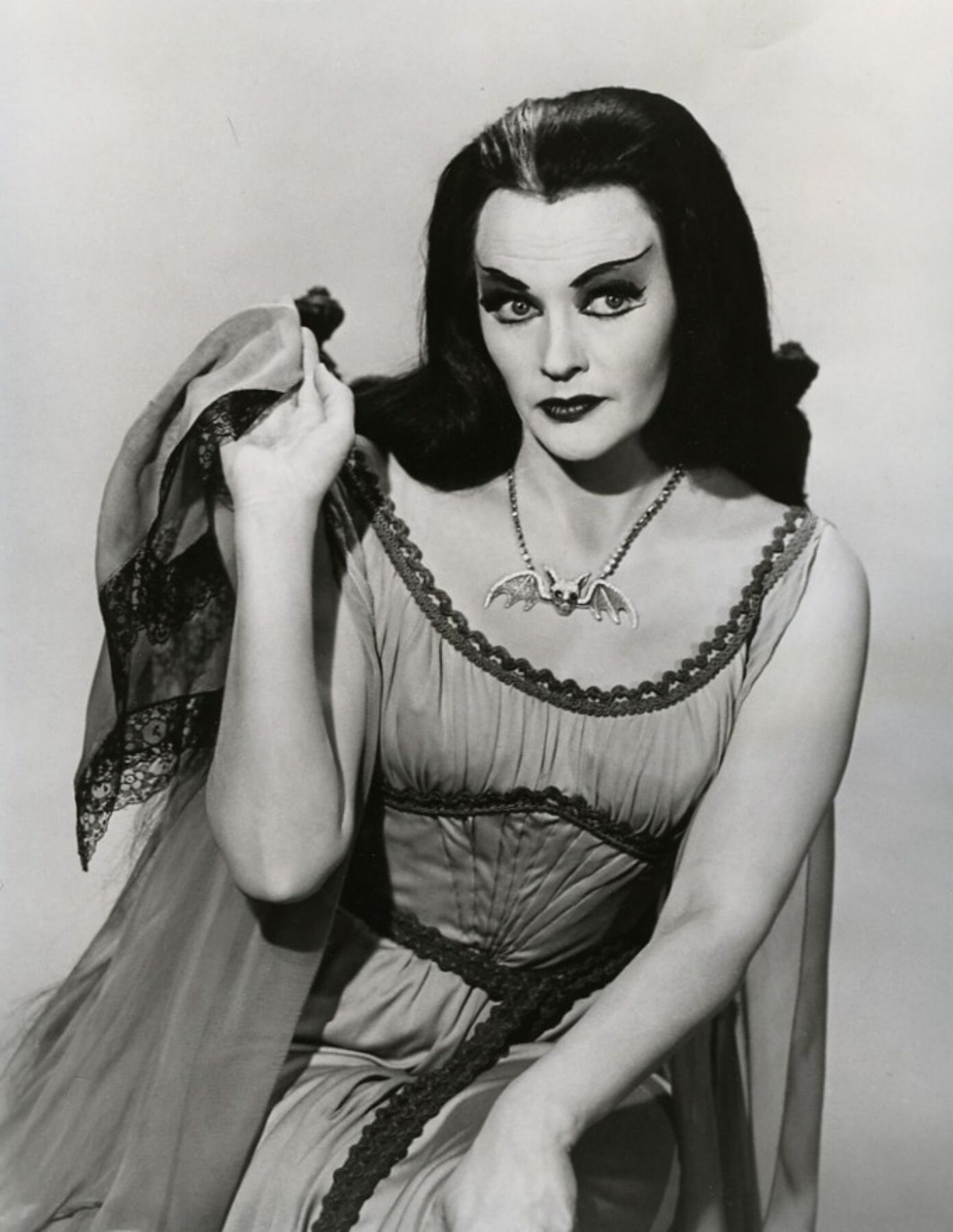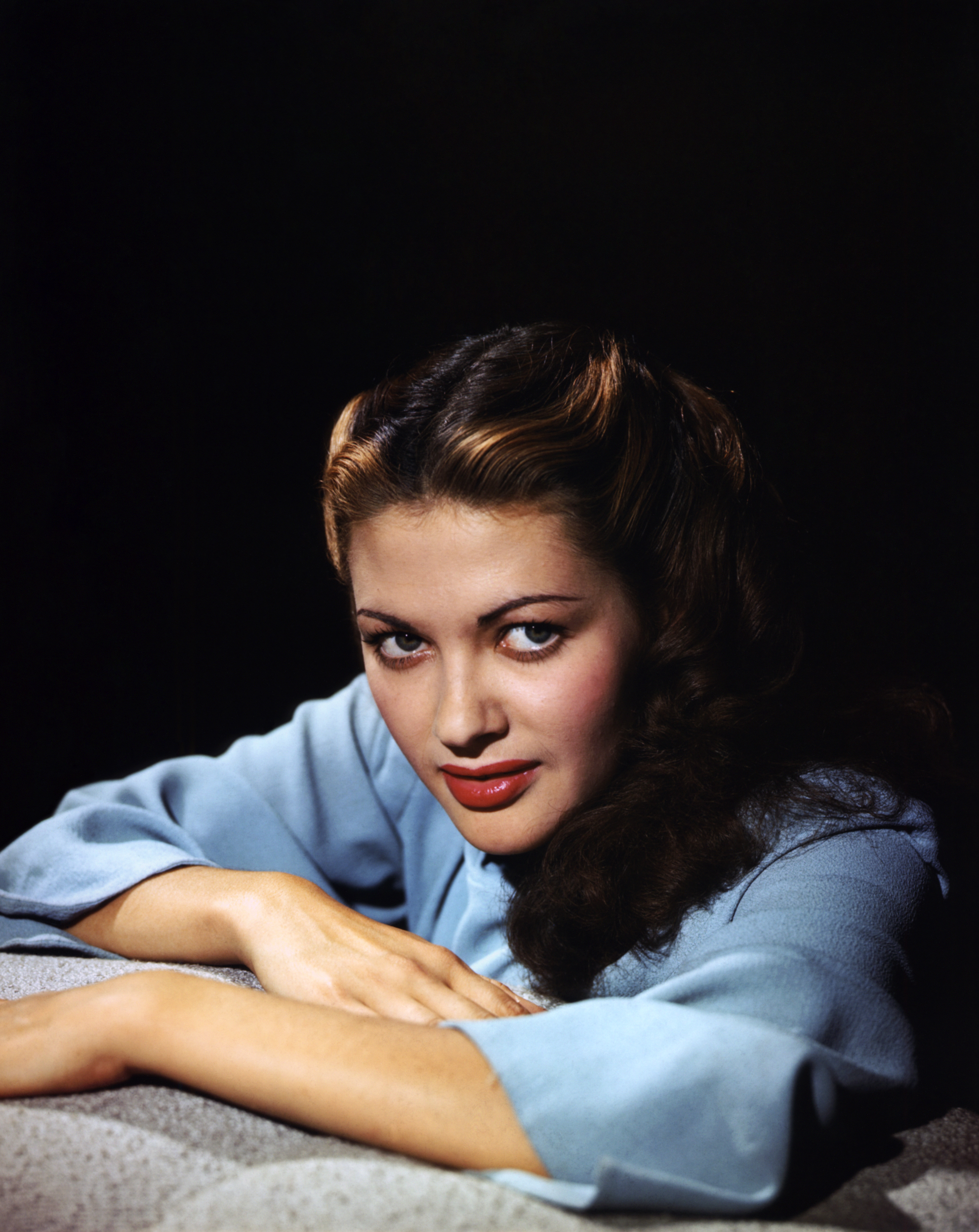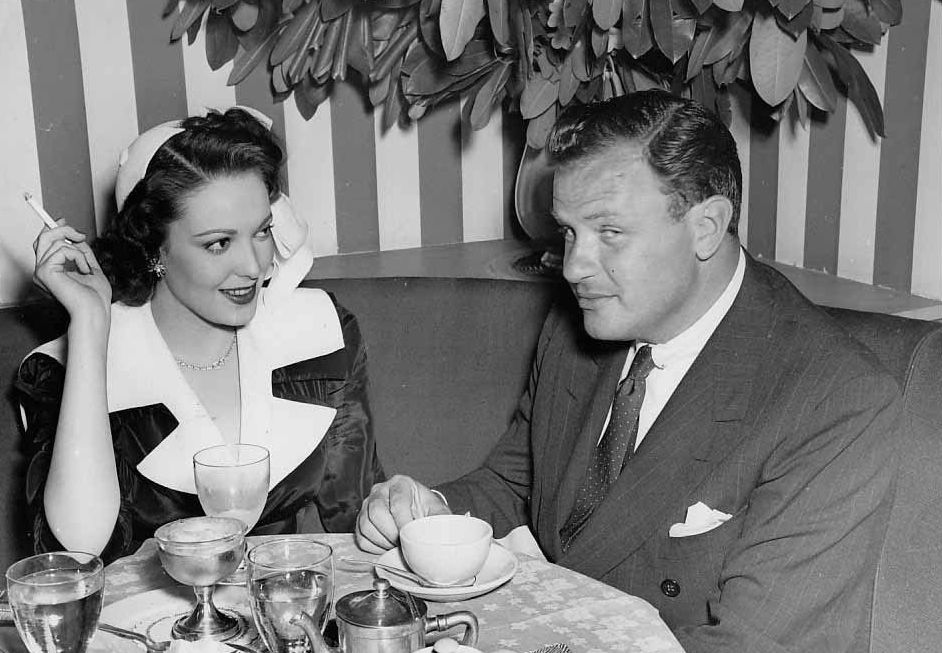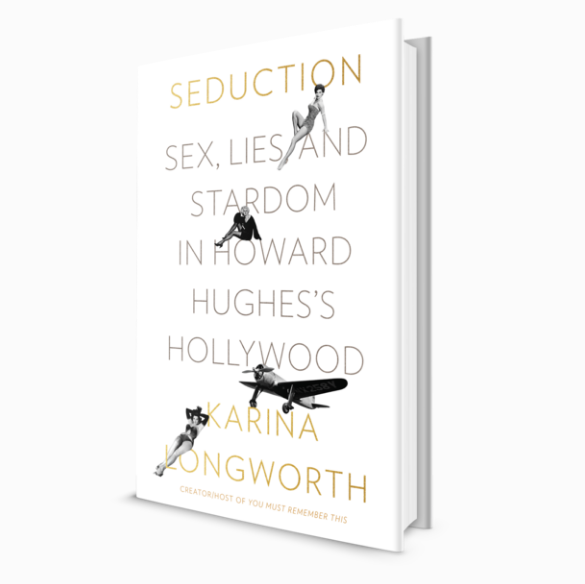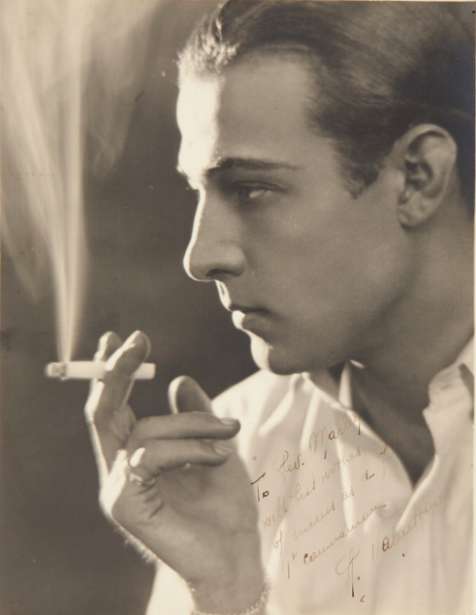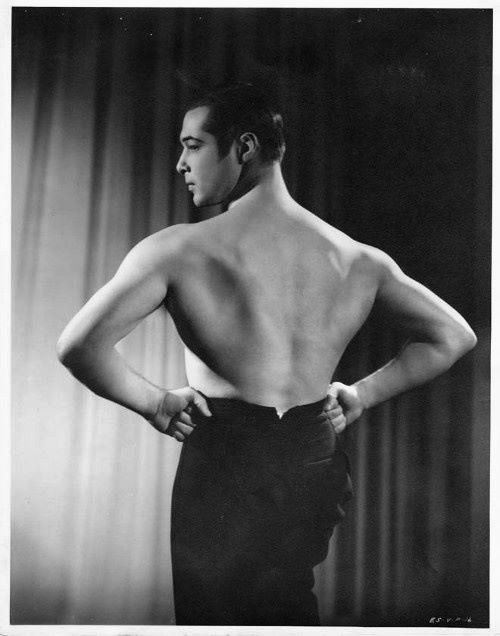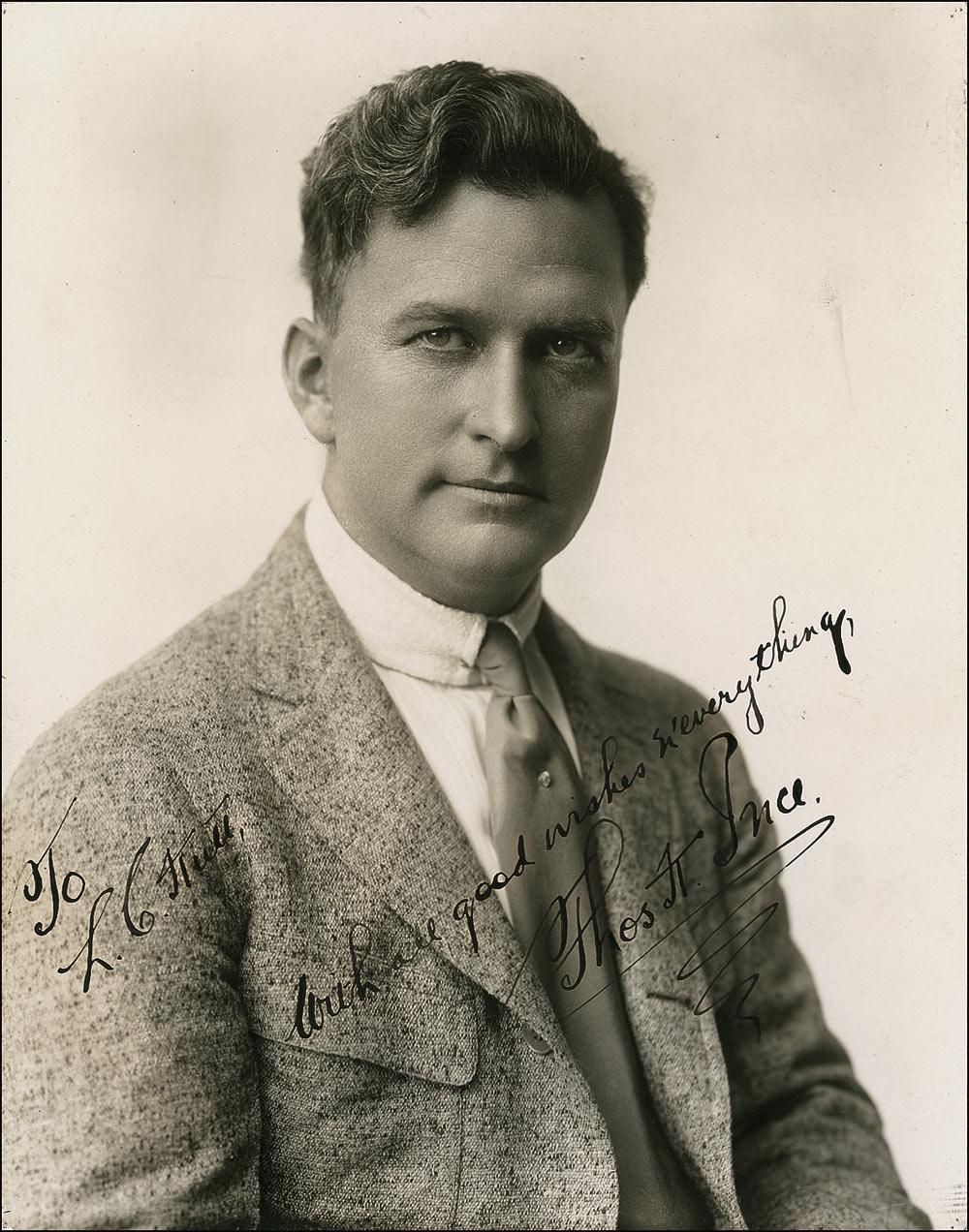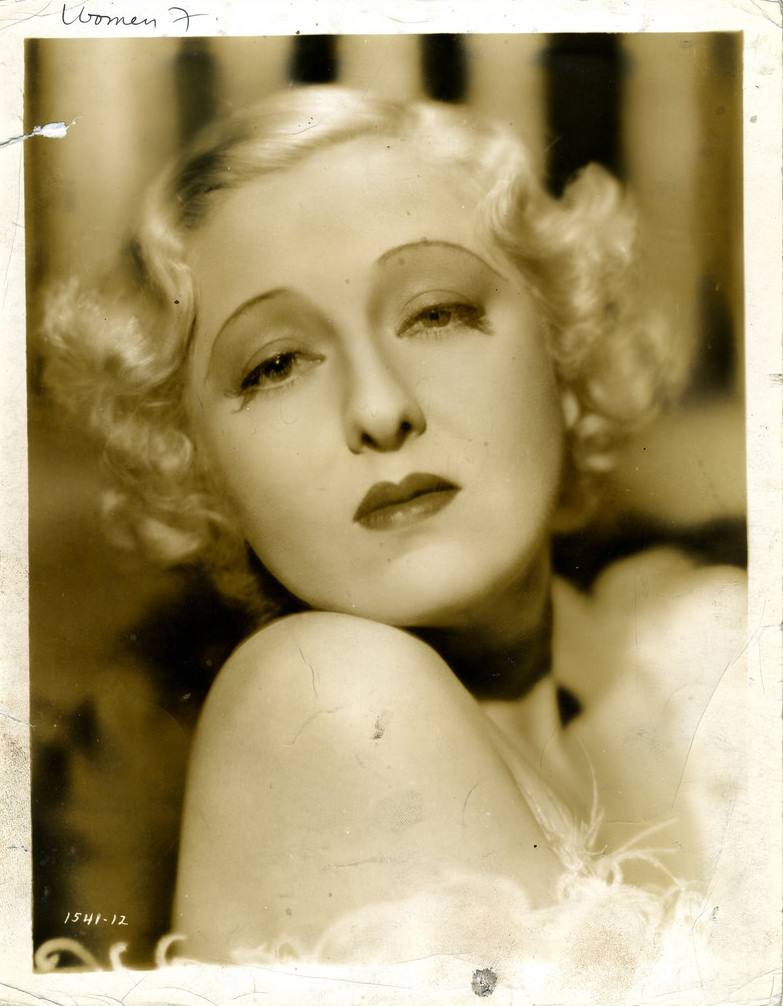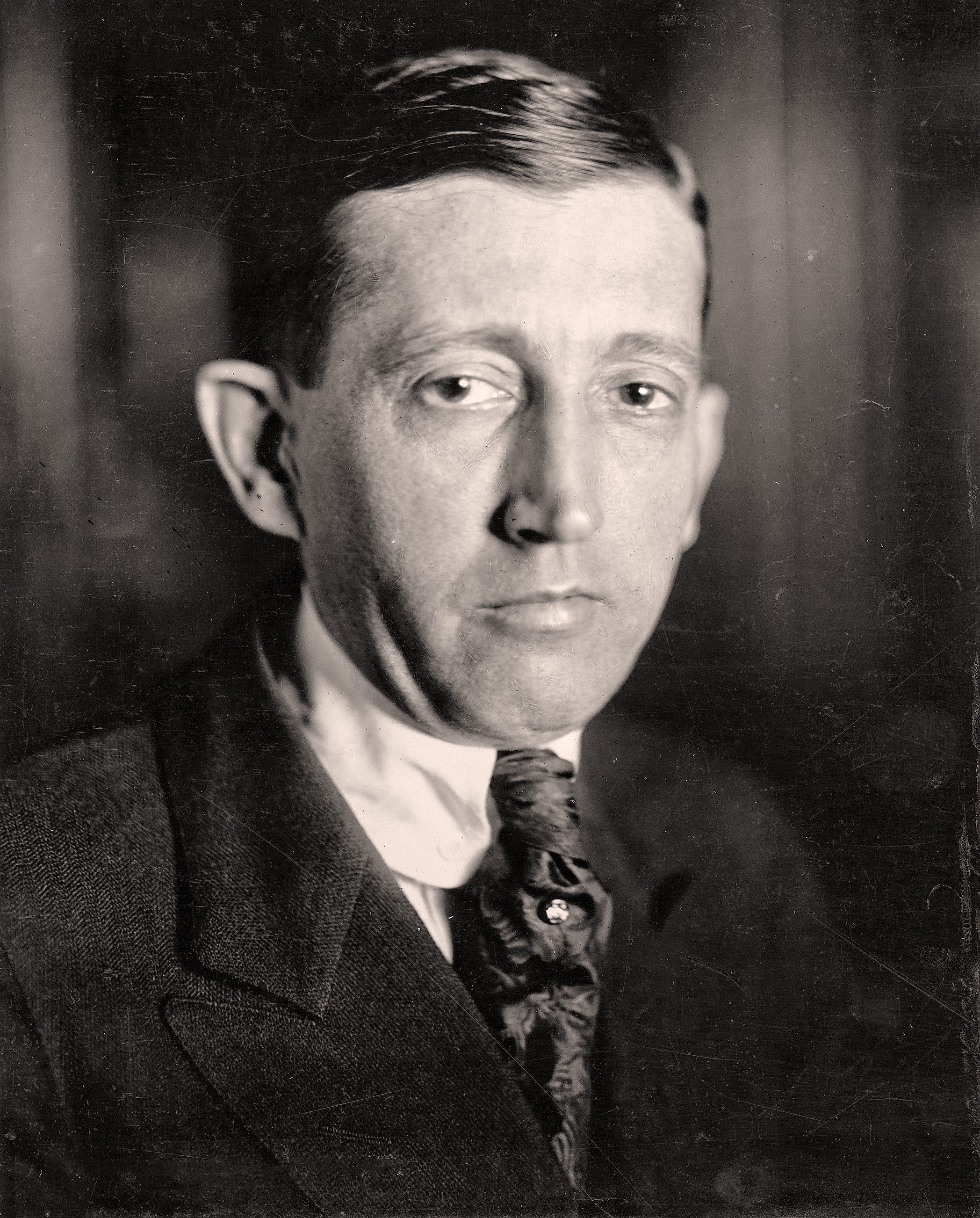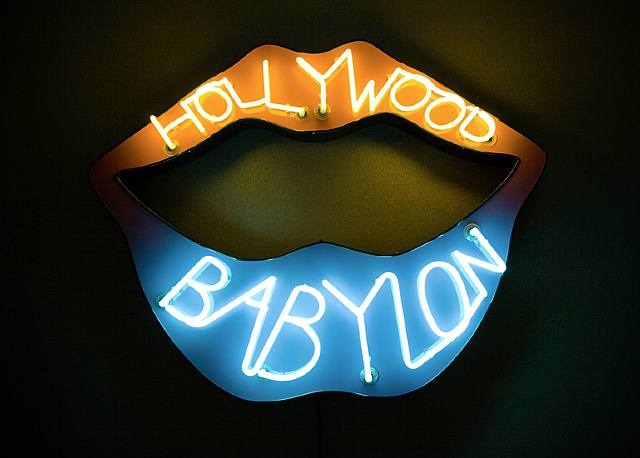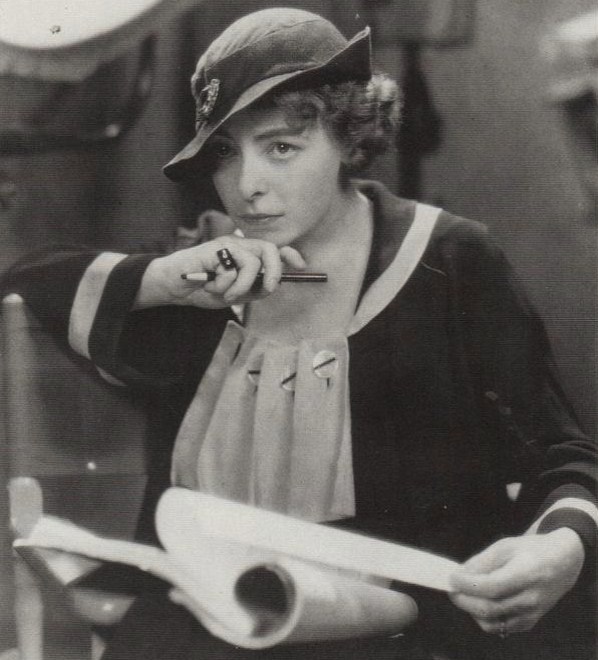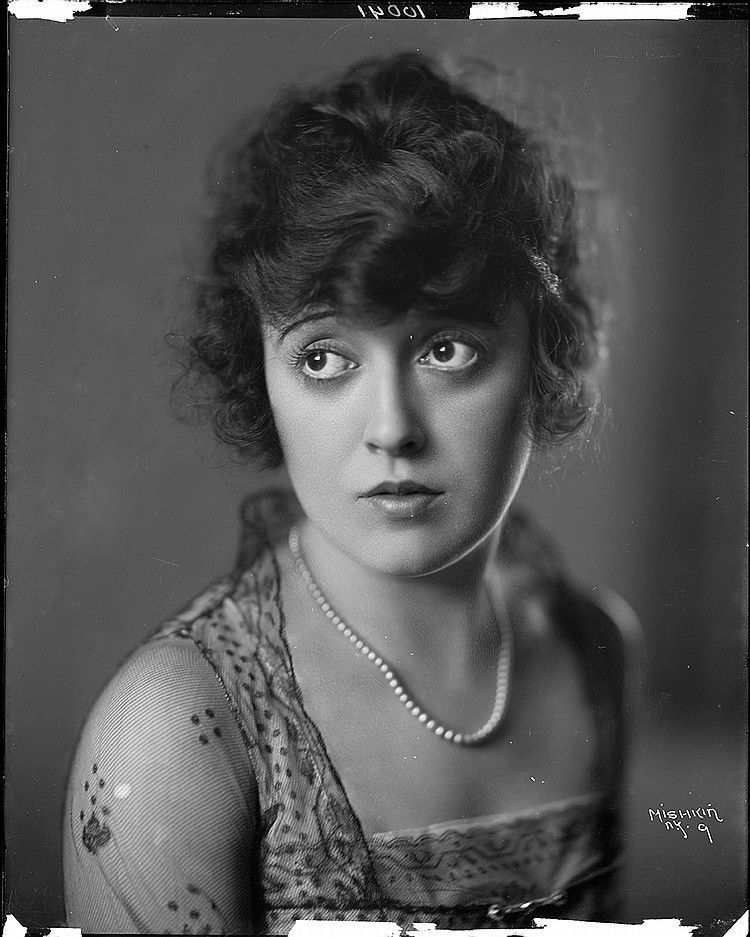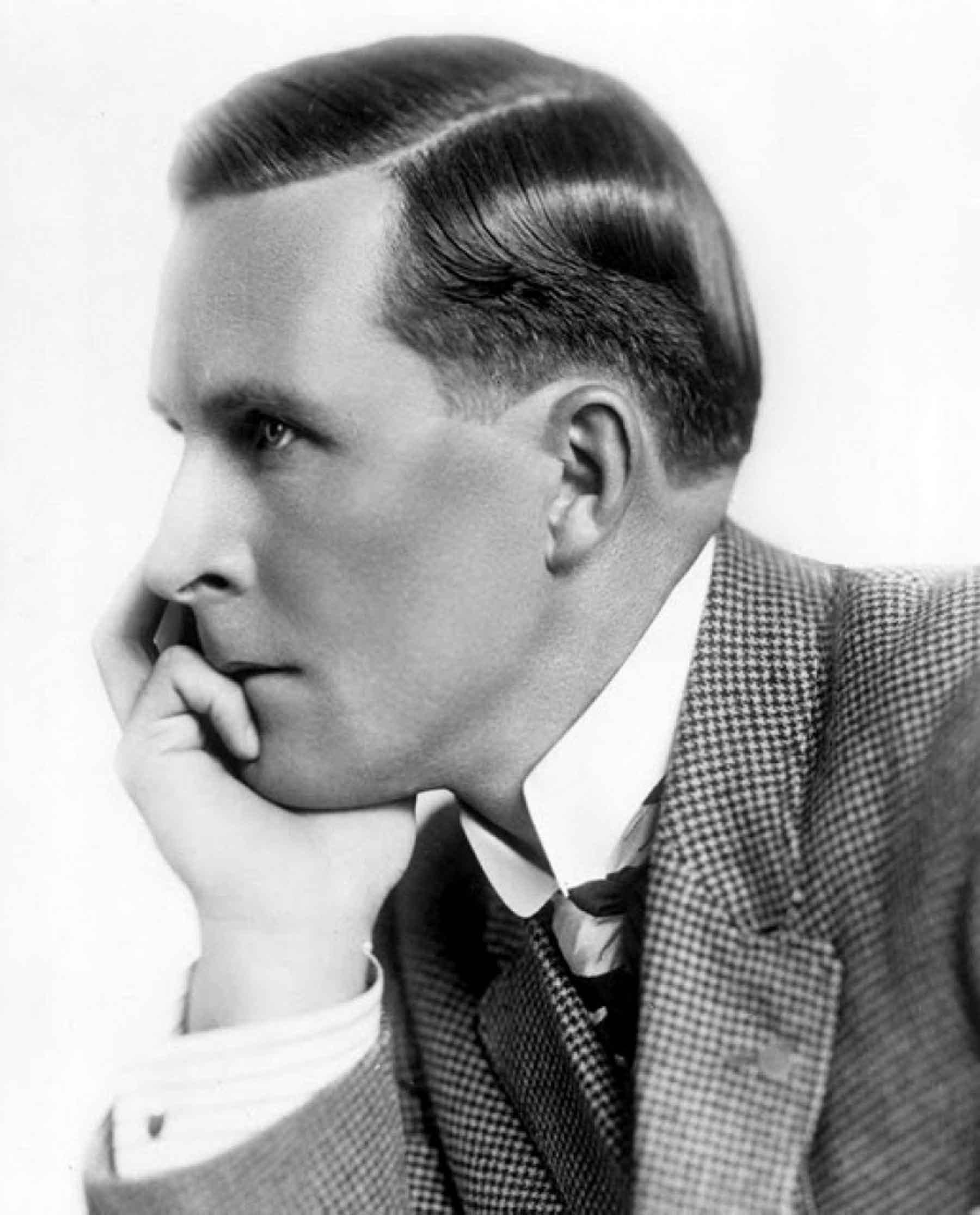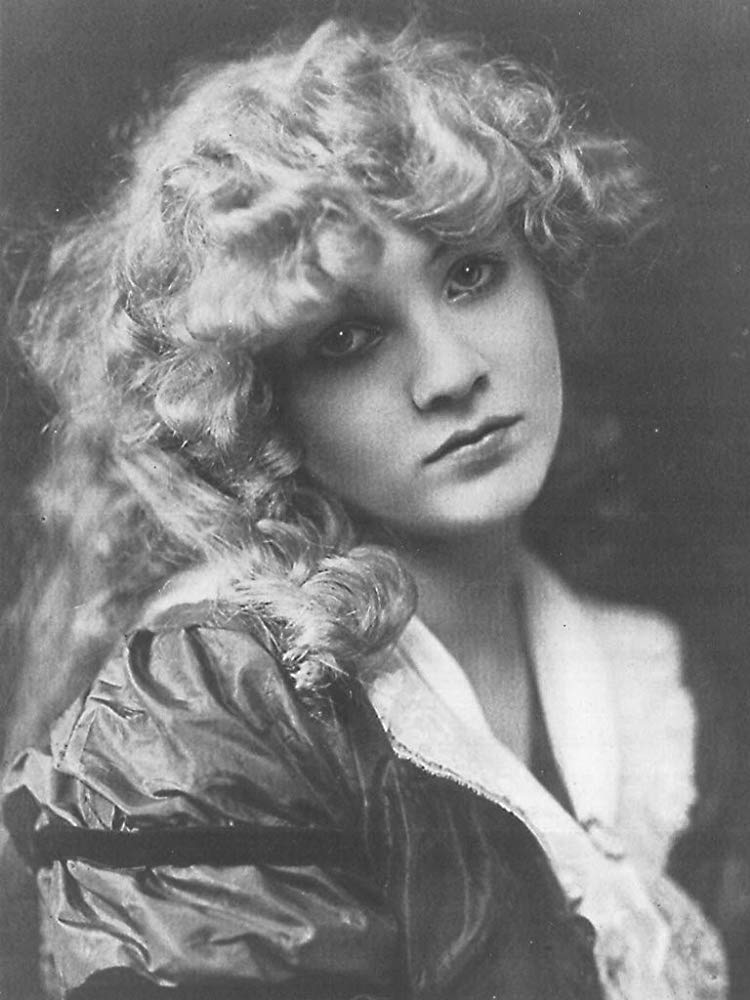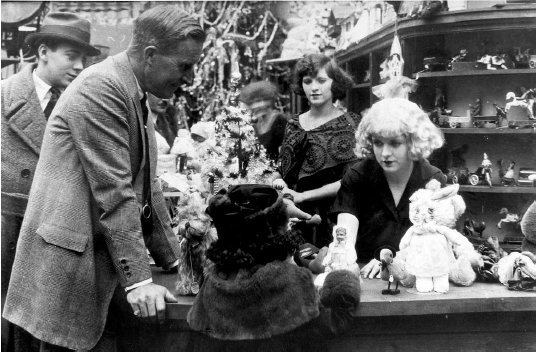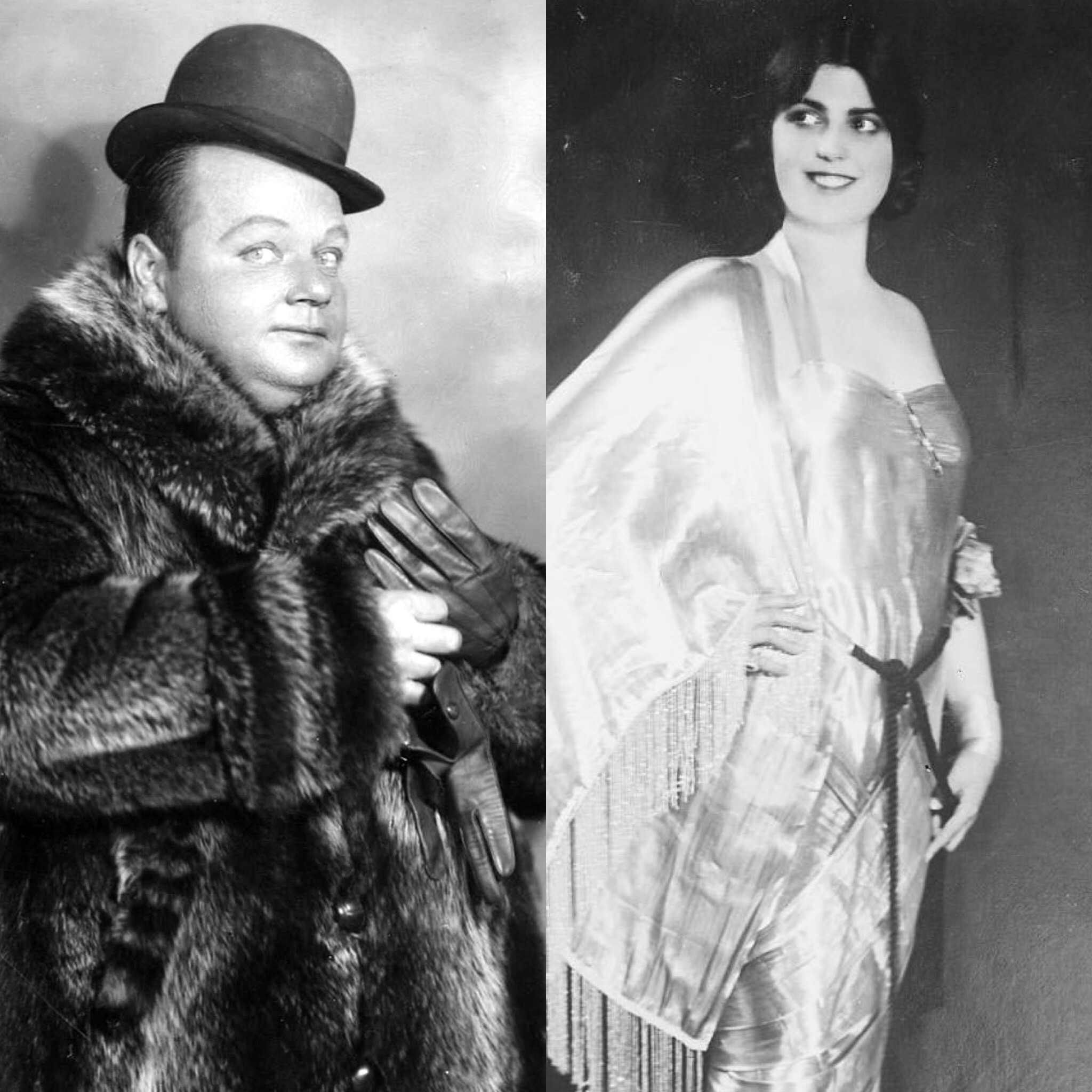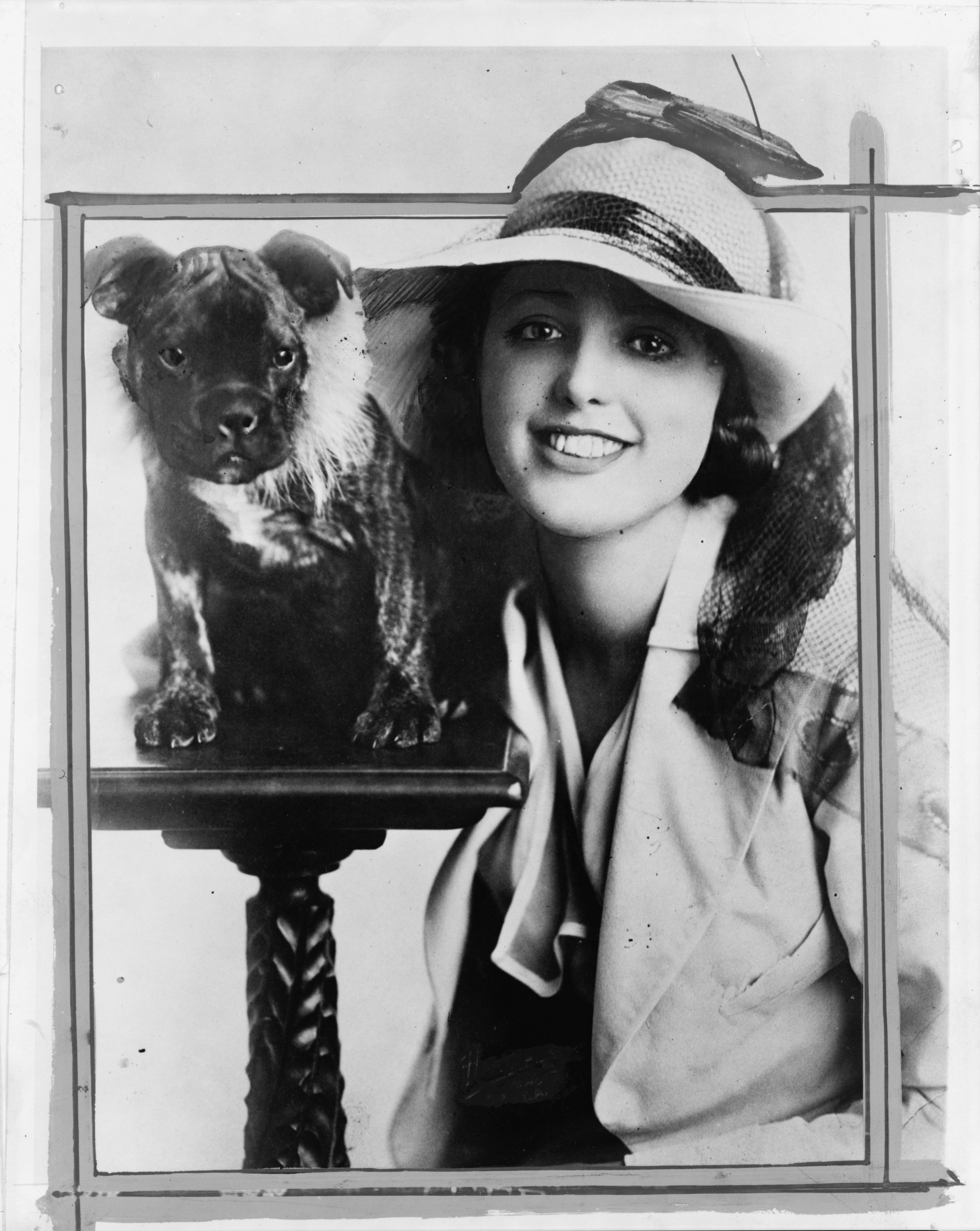Throughout the history of You Must Remember This, one character we’ve returned to frequently is Howard Hughes, whose story dovetails with the stories of some of the most interesting actresses of the Golden Era, from silent star Billie Dove to Katharine Hepburn, to a series of brunette bombshells, including Ava Gardner, Jane Russell, Gina Lollobrigida and more.
Episodes:
The Many Loves of Howard Hughes, chapter 1: The first episode of a multi-part series on the Hollywood romances of Howard Hughes traces Hughes’ arranged marriage at age 18 to Southern society belle Ella Rice; his affairs with silent star Billie Dove and Jean Harlow, who Hughes helped to establish as a sex symbol whose body was used to evoke both money and military might; and his attempt to invent himself as the most powerful independent producer in town, with his directorial debut, Hell’s Angels. [Listen]
The Many Loves of Ida Lupino: In this second installment of our ongoing series, The Many Loves of Howard Hughes, we explore the life, loves and work of Ida Lupino. Hughes dated Lupino when she was a teenage starlet; nearly 20 years later, after Lupino had become the only working female feature director in 1940s Hollywood, Hughes signed his ex-girlfriend’s production company to a deal at RKO. [Listen]
Katharine Hepburn in 1938: Introduced by Hughes’ close confidant, Cary Grant, Hepburn and Hughes became a celebrity couple in the modern mold: mutually attracted in part based on the fame of the other, they were hounded by paparazzi, their rumored impending nuptials dissected by outsiders until the relationship itself frittered away. By 1938, Hepburn’s “woman wearing the pants” image had transitioned from merely controversial to cripplingly unfashionable, and when she was named in the infamous "box office poison" ad of May 1938, her career sunk as low as it would go. [Listen]
Jane Russell: Our long-running series on the women in the life of the infamous aviator/filmmaker continues with a look at Hughes’ professional and personal relationship with Jane Russell, which began in 1940 when Hughes randomly pulled a photograph of the 19 year-old out of a pile, and lasted for most of her film career. [Listen]
Gene Tierney: On-screen, gorgeous brunette actress Gene Tierney helped to invent the femme fatale in movies like Laura and Leave Her to Heaven, and off-screen, she had serious romances with four of the great playboys of the 20th century: John F. Kennedy, Howard Hughes, Prince Aly Khan and costume/fashion designer Oleg Cassini. So how did she end up, at age 38, standing on a ledge fourteen floors above 57th Street, wondering what her body would look like on the pavement if she were to jump? [Listen]
Rupert Hughes’s Women: Howard Hughes was not the first man in his family to find success in Hollywood, or to build a reputation built in part on multiple relationships with women. His uncle, Rupert Hughes, was a respected writer and director in the silent era, whose accomplishments included one of the first Hollywood meta-movies. He also married three times, while making frequent public statements, and films, critiquing marriage and divorce laws. One of his marriages ended in a sensational divorce trial; the other two Mrs. Hughes committed suicide. [Listen]
The bacchanal of 1920s Hollywood: Frederica Sagor would pen one of the frankest memoirs of 1920s Hollywood ever written, revealing the systematic sexual exploitation of women in the film industry by men like Marshall Neilan -- one of Howard Hughes’s early mentors. Frederica’s story also details how tough it was for a woman to hold on to power behind the scenes in the film industry as Hollywood evolved. [Listen]
Ann Dvorak: The child of a silent film actress, Dvorak was so determined to be a star that at first, she wouldn’t take no for an answer. Her big break came when she was cast in Howard Hughes’s production of Scarface. But Hughes would sell her contract to Warner Brothers, and when Ann later accused Hughes of having “sold [her] down the river,” she would swiftly suffer the consequences of going up against Hughes in the press when his mastery over the medium of publicity was at its peak. [Listen]
Linda Darnell: A stunning brunette sex symbol married to cinematographer Pev Marley, Darnell thought her affair with Hughes would result in marriage to the aviator. But after Hughes’s near-fatal 1946 plane crash, Marley tried to make a deal to sell his wife to the tycoon--which was not what Darnell wanted. This was not the low point of a life that ended in incredible tragedy, amidst a career that, to this day, has not been given the acclaim it deserves. [Listen]
Yvonne DeCarlo: The future Lily Munster became a star when producer Walter Wanger cast her in Salome, Where She Danced (1945). A curvaceous brunette in her early 20s, De Carlo fit the mold of Howard Hughes’s mid-century girlfriends to a T. But that relationship would be brief, and De Carlo would go on to distinguish herself in movies, TV and as a star of the original production of Stephen Sondheim’s Follies. [Listen]
Gina Lollobrigida: This Italian pin-up, along with Sophia Loren and Brigitte Bardot, was emblematic of a brand of post-war European sexuality that America happily imported. But the Hollywood career of “La Lollo” was delayed, thanks to Howard Hughes, whose obsession with Lollobrigida led him to keep her virtually imprisoned in a Los Angeles hotel, and sign her to a contract that made it essentially impossible for her to work for any other US producer. [Listen]
